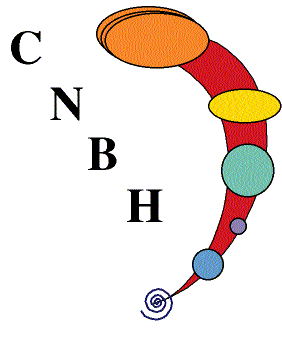

| What's New |
| SelfIntroduction |
| Research |
| Publications |
| Public programs |
| Schedule |
| Contact |
| Audio/Speech information hiding |
 Research area: Research area:
|
| Speech perception using synthesizing noise-vocoded speech |
 Research area: Research area:
|
| Blind estimation/extraction of speech features |
 Research area: Research area:
|
| Computational theory of auditory sound segregation |
 Research area: Research area:
 Research programme in detail: Research programme in detail:
The aim of my work is the development of computational theory behind the auditory system. I have conducted a study on the computational theory of audition focused on auditory sound segregation. My approach is based on two main ideas: (1) constraints on sound source and environment conditions are necessary to uniquely solve the sound segregation problem (ill-posed inverse problem) and (2) psychoacoustical heuristic regularities proposed by Bregman can be used to uniquely solve the real sound segregation problem (auditory scene analysis). As a result of my research, I have proposed a strategy for the auditory sound segregation problem such as vowel segregation. Other researchers often failed in representing real sound segregation such as consonants, burst, and complex sounds. However, based on the above two ideas I obtained an indication for constructing a computational theory of auditory sound segregation. Since I have taken to develop a highly accurate sound segregation system based on this indication, it must be extended to represent real sound segregation if it also uses reasonable constraints except for Bregman's regularities. This required a higher-level study of the algorithm of auditory sound segregation, i. e., whether a strategy using reasonable constraints can simulate auditory sound segregation. Hence, I need to have clear boundaries on what are psychoacoustical, physiological, and mathematical constraints. Are these boundaries reasonable for simulating auditory sound segregation so that we can construct a computational theory of auditory sound segregation. This required a study on the adequacy and necessity of these constraints based on the following steps: Step. 1, a study of the required constraints for auditory sound segregation using computer simulation and hearing tests. Step 2, a study of the constraints for auditory sound segregation using psychoacoustical and physiological tests. These I believe will lead me towards constructing a computational theory of auditory sound segregation based on results from the above steps and my current status of research and knowledge. |
| DSAM (Development System for Auditory Modelling) Project |
 HomePage
HomePage
|

